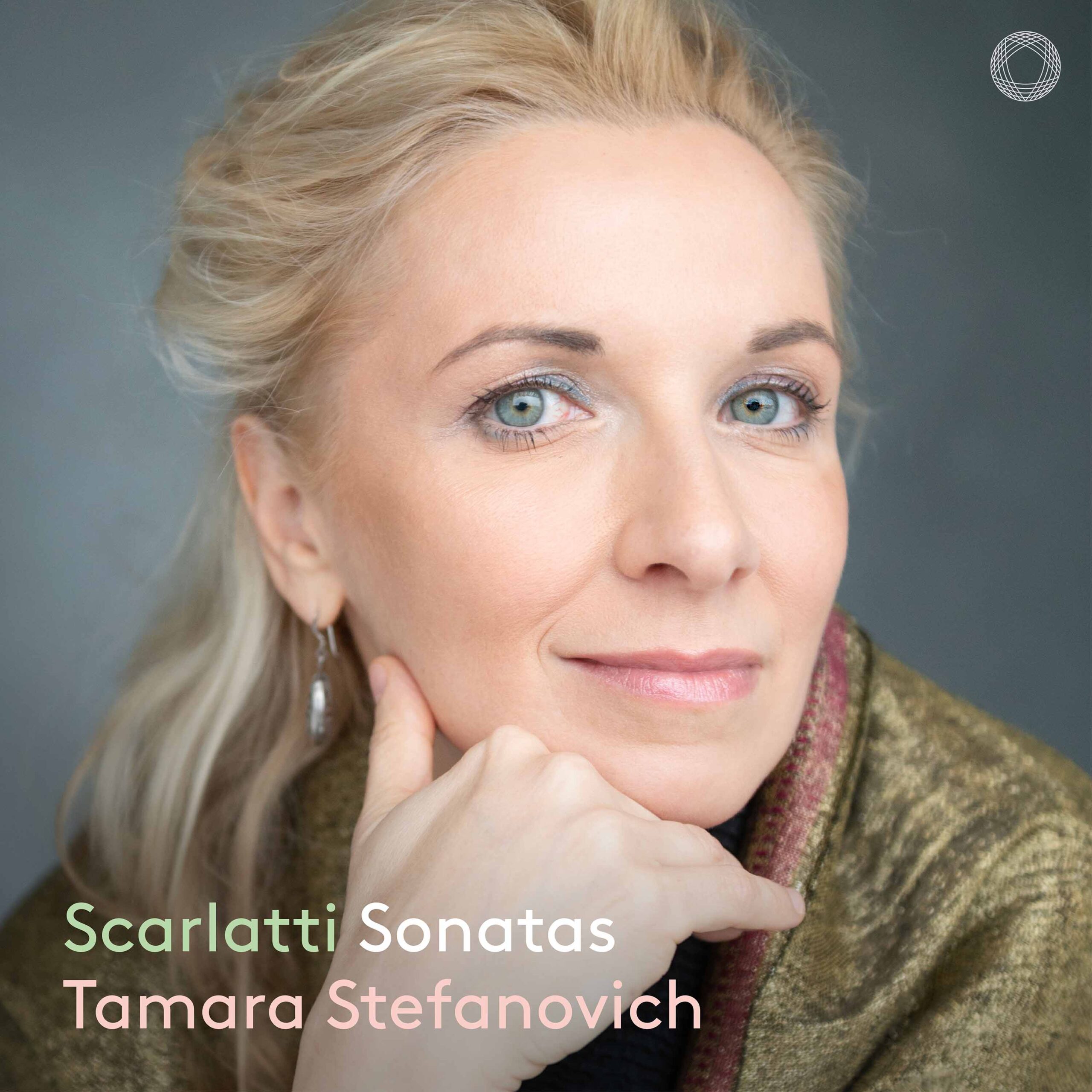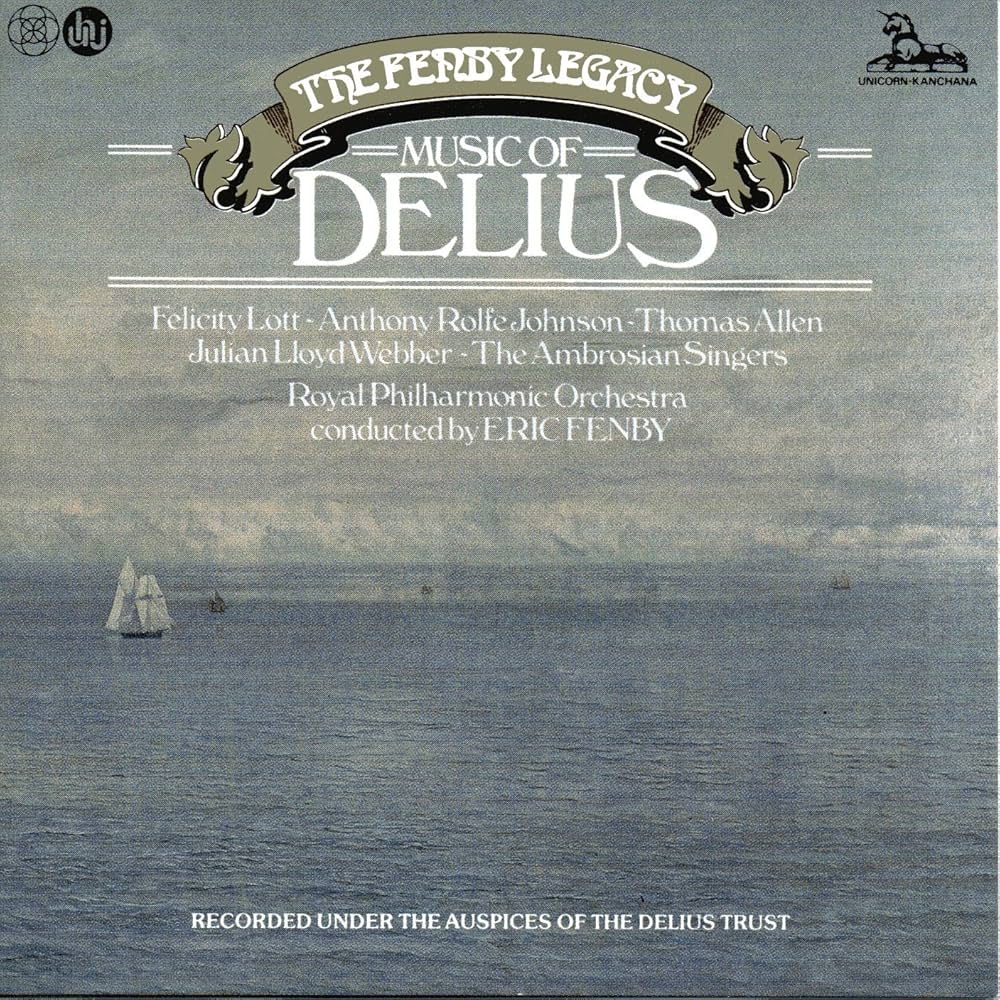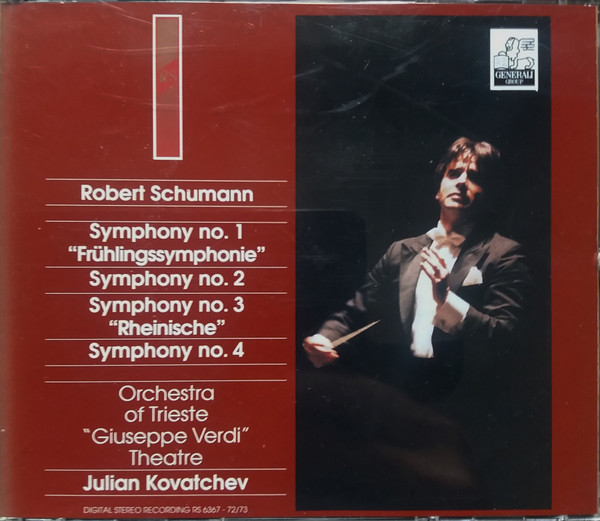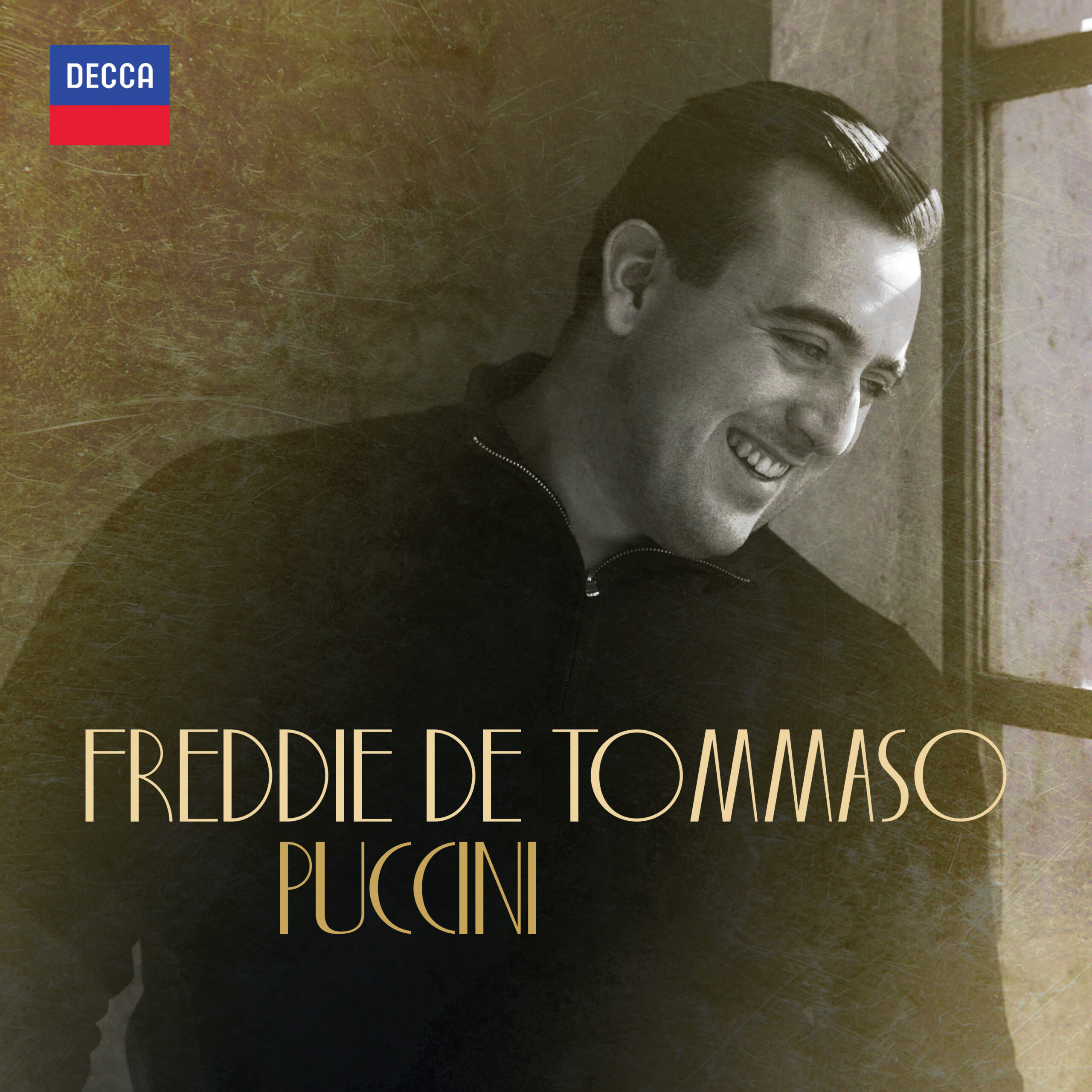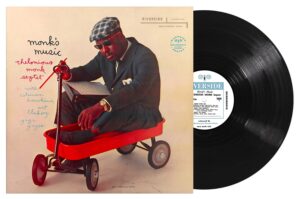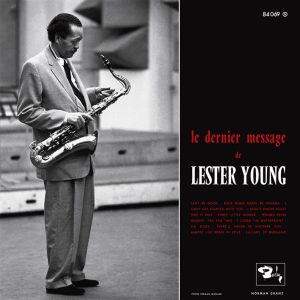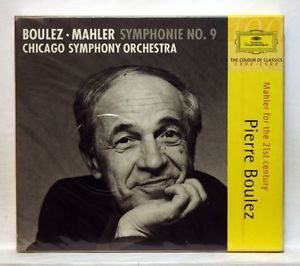BRAHMS: Hungarian Dances, WoO 1; Waltzes, Op. 39. Marco Schiavo and Sergio Marchegiani, pianists. Decca 481 7812. TT: 71.20. Downloads: classical-music-download.com (FLAC); over-blog.com (320 kbps mp3); prestomusic.com (mp3, FLAC, hi-res FLAC); qobuz.com; wattpad.com (mp3, OGG, FLAC)
The short review: gleaming, limpid performances of delightful, well-wrought music, in excellent sound. Get it.
Some of you may want to know more than that, so here we go. I'd previously heard Schiavo and Marchegiani's earlier Decca disc, Schubert for Two; in fact, I reviewed it here. The duo's playing was exceptional; but Schubert, mostly represented in larger forms, never lets us forget that Music Is Serious Business. Brahms, ordinarily a Very Serious Composer himself, relaxed in these brief pieces: the Hungarian Dance No. 5 used to turn up on the "Pops" circuit; generations of piano students have addressed the gracious A major Waltz.
I'd never previously heard the twenty-one Hungarian Dances in their original, piano four-hands version; inevitably, I compared them to the familiar orchestrations fashioned by various hands, including Dvořák and the composer himself. It's no surprise that two pianists can be more flexible, and sometimes faster. than a full orchestra. The A minor suggests a rushing current, but without actually rushing. Bustling, bounding activity propels the D minor (No. 12), and its "B" section sounds fuller than the more placid orchestral version. The F minor (No. 16) sings formally and sadly, and the "B" section is sprightly—rather like one of Dvořák's Slavonic Dances, though this isn't one of the numbers he orchestrated!
But the duettists aren't all about speed. Number 9, in E minor, is hearty, with a gentle, glowing "B" section. The light textures and teasing manner of the D major (No. 13) are fetching, as are the B minor's pointed delicacy and sparkling trills. In number 17—in F-sharp minor, though the booklet misidentifies this and number 5 as in "F-flat minor"!—Schiavo and Marchegiani inflect the semitones to evoke a searching, vaguely "advanced" atmosphere. On the down side, the duo's rubatos in the D-flat major and E major dances are distracting, and the tremolos in the D minor (No. 14), tactfully executed, still sound hokey.
Sensibly, Schiavo and Marchegiani play the thirteen brief Waltzes—the shortest runs less than thirty seconds—in three groups, attacca. This avoids short-windedness and provides a sense. or illusion, of arching structure. (The final waltz "plays" as a minor-key complement to the famous A major, immediately preceding.) The duo begin the series assertively, becoming gentler and more reflective as needed, without ever sacrificing tonal fullness. They bring out the irregular scansions of the E major (No. 5) with bright, pingy tone; project simple, spare textures in the B-flat and an elegant simplicity in the G major; and bring a lovely uplift to their full-bodied chords in the A minor.
As for the reproduction, I didn't notice it—the highest compliment I can pay. Bravi tutti. Now, get it.
stevedisque.wordpress.com/blog





